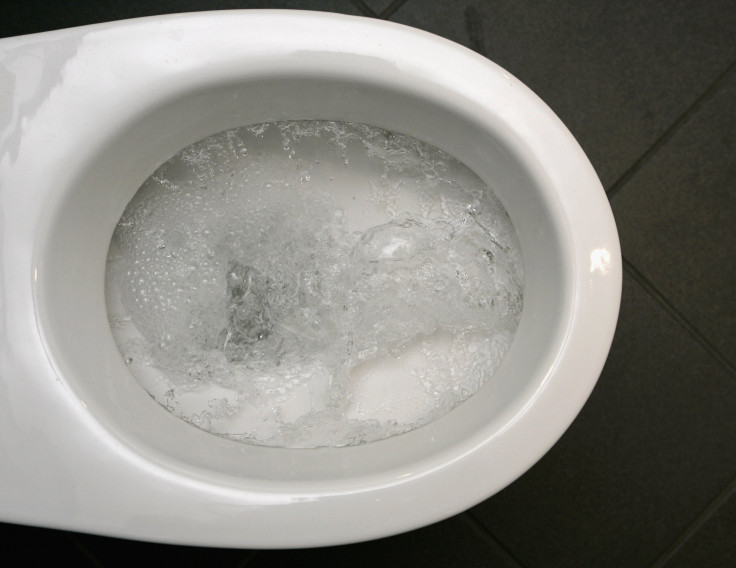Why People Shouldn't Hang Around Public Restrooms After Flushing
KEY POINTS
- Flushing can potentially create microbe-carrying aerosols
- The virus that causes COVID-19 has also been detected in urine and stool samples
- Researchers measured the droplets generated by flushing in a public restroom
- They found "substantial increases" in aerosol levels after flushing
People who often use public toilets may want to be more careful and avoid hanging around such places for longer than necessary. That's because a team of researchers has found that airborne droplets may remain suspended around public restrooms after flushing the toilet or urinal.
For their study, published in the journal Physics of Fluids, a team of researchers conducted a rather simple flush experiment in public restrooms to better understand the risks of infection transmission in them via droplets. Such locations may have inadequate ventilation, heavy foot traffic and are "relatively confined," the researchers noted, so they pose risks for transmitting pathogens.
"The aerosolization of biomatter from flushing toilets is known to play a potential role in spreading a wide variety of gastrointestinal and respiratory illnesses," the researchers wrote.
For the experiment, they used a particle counter to determine the size and number of droplets generated after flushing toilets and urinals, Florida Atlantic University (FAU) said in a news release. The researchers also looked at the effect of covering the toilet seat.
They found that flushing generated "a large number of droplets" up to 5 feet in height for 20 seconds or even longer after the flush. And even if closing the toilet seat resulted in a decrease of droplets, the difference wasn't really much, suggesting that the aerosol droplets were still able to escape through small gaps.
"After about three hours of tests involving more than 100 flushes, we found a substantial increase in the measured aerosol levels in the ambient environment with the total number of droplets generated in each flushing test ranging up to the tens of thousands," study co-author, Siddhartha Verma Ph.D. of FSU, said in the news release.
"Both the toilet and urinal generated large quantities of droplets smaller than 3 micrometers in size, posing a significant transmission risk if they contain infectious microorganisms. Due to their small size, these droplets can remain suspended for a long time," Verma continued.
Specifically, they found a 69.5% increase in particles that are 0.3 to 0.5 micrometers in size, and a staggering 209% increase in particles 0.5 to 1 micrometer. There was also a 50% increase in the particles 1 to 3 micrometers in size, FSU noted.
This suggests, the researchers said, that the restrooms' normal ventilation systems didn't remove the aerosolized droplets and that multiple flushes can lead to an accumulation of "high levels of potentially infectious aerosols" in public restrooms over time.
This is quite concerning since stagnant water in toilets may carry potentially dangerous pathogens from feces, urine and vomit, FSU noted. It may carry pathogens that cause food poisoning and even the virus that causes COVID-19, which researchers noted to have been detected in stool and urine samples.
The results run similar to that of an earlier study by researchers from Yangzhou University in China, wherein they found that the coronavirus particles could "travel faster and fly farther" when flushed in urinals compared to a toilet flush.
"Similar to the toilet-induced flushing, results indicate that the trajectory of the particles triggered by the urinal flushing manifests an external spread type," the researchers of the earlier study, also published in Physics of Fluid, said.
In it, the researchers suggested that mask-wearing should be made mandatory in public washrooms.
The results of such studies not only add to evidence of infection risks in poorly ventilated locations but also show how public restrooms may be receptacles for airborne transmission of pathogens. In the U.S., for instance, toilets in public restrooms often don't have covers, FSU noted.
As such, the researchers recommend improving the airflow in public restrooms.
"The study suggests that incorporation of adequate ventilation in the design and operation of public spaces would help prevent aerosol accumulation in high occupancy areas such as public restrooms," study co-author Manhar Dhanak, Ph.D., of FAU said in the news release.

© Copyright IBTimes 2025. All rights reserved.






















